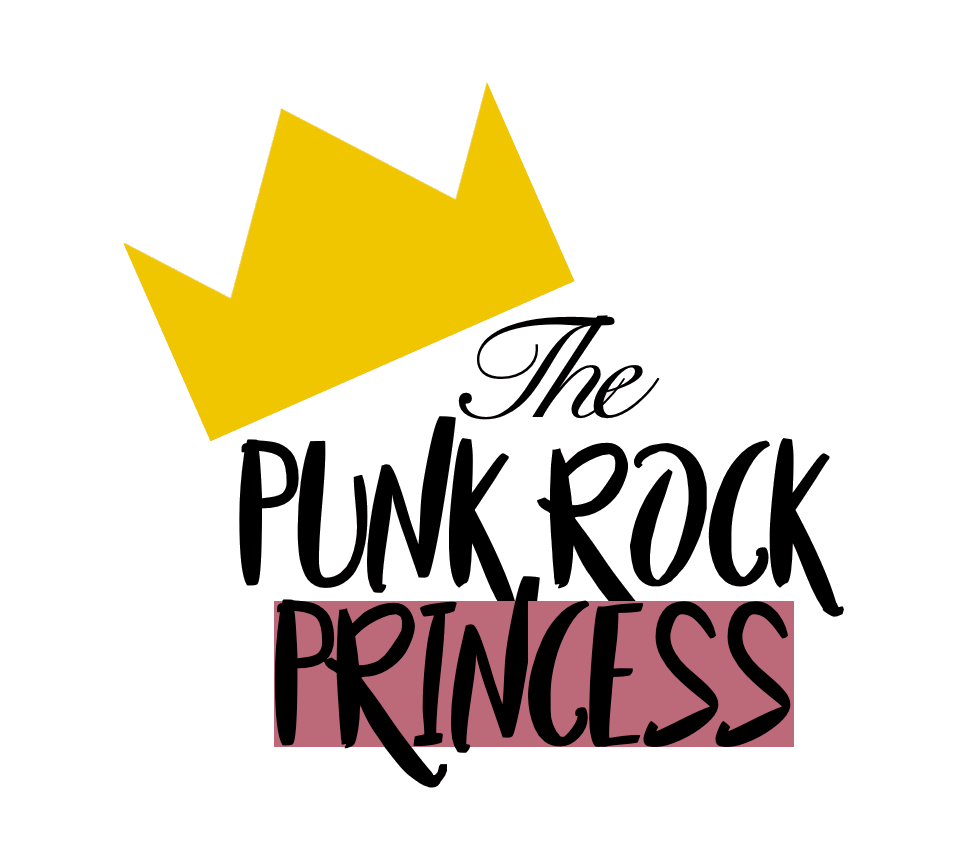Noticing Male Pattern Baldness? What to Consider Doing

Male pattern baldness is a condition that affects millions of people around the world. It is estimated that two-thirds of all men will have some form of hair loss by the age of thirty-five and more than fifty percent by the age of fifty.
While this condition can be devastating to one’s self-esteem and confidence, there are steps one can take to help reduce its effects.
Healthy hair is more than an aesthetic issue–it has important implications for overall health. Hair follicles are vital in helping our bodies regulate temperature, shield them from UV radiation, and protect against physical damage.
Healthy hair also helps us look and feel our best, making us more confident in our daily lives.
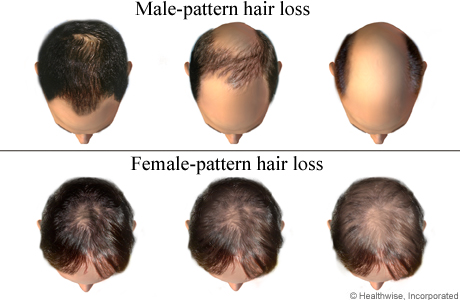
Unfortunately, male pattern baldness can have several adverse side effects on physical and psychological health.
Those affected may experience decreased self-confidence or esteem, social isolation due to embarrassment or shame, or even depression related to the effects of the condition.
This can make it difficult to succeed in professional or personal relationships, leading to psychological issues such as anxiety or substance abuse.
Fortunately, there are options available for those dealing with male pattern baldness. Individuals may opt for medical treatments such as topical medications or hair transplants; lifestyle changes such as proper nutrition and exercise; alternative approaches like scalp massages; or natural remedies such as essential oils or herbal supplements.
Though each person’s experience with male pattern baldness is unique, taking steps toward prevention is critical for reducing its potential effect on physical and emotional well-being over time. Here are a few ways to conquer male pattern baldness.
Eat Nutritious Food
Good nutrition is essential for hair health. Eating a balanced diet with plenty of proteins, healthy fats, and vitamins can help nourish the scalp, stimulate hair growth, and reduce hair loss.
Salmon, walnuts, and flaxseeds are good examples of foods that are high in omega-3 fatty acids. These acids help reduce inflammation and help hair grow in a healthy way.
Additionally, biotin-rich foods like almonds, eggs, and legumes can help boost keratin production for stronger strands.
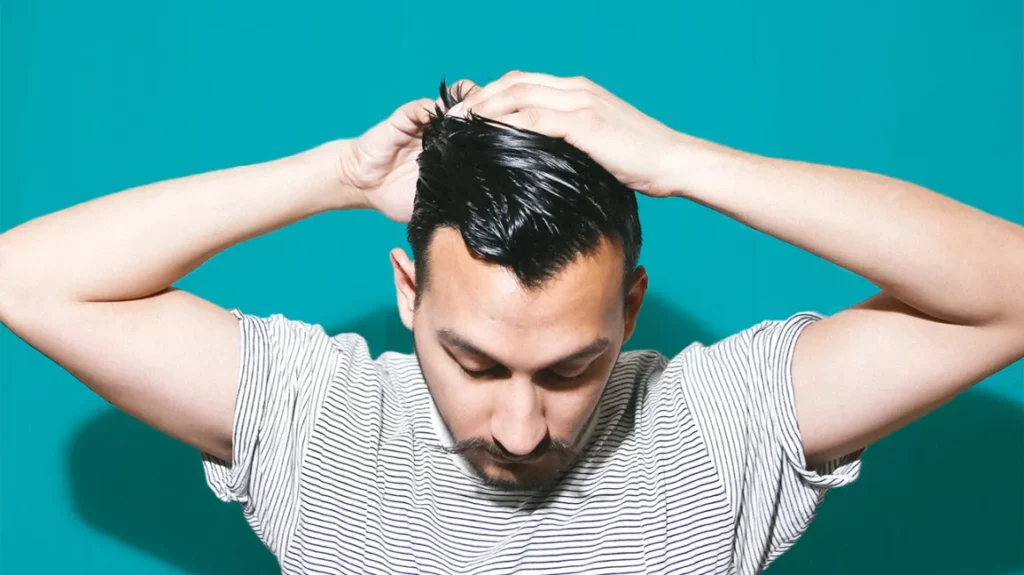
Vitamin C-rich foods like oranges and bell peppers also provide antioxidant protection to the scalp while promoting collagen production necessary for healthy follicles.
Meal planning is key to getting your body’s nutrients to support healthy hair growth. A nutrient-dense breakfast could include a spinach omelette with bell peppers or a yoghurt parfait with blueberries and walnuts.
For lunch or dinner, try a salmon salad with quinoa and avocado or a bowl of minestrone with lentils and kale. Incorporating lean proteins such as chicken or tofu into dishes can also help maintain a healthy balance of protein in your diet for solid tresses.
In addition to eating nutrient-dense meals regularly, staying hydrated is also essential for scalp health. Water helps flush out toxins from the body while providing moisture to the scalp and follicles that can prevent breakage and shedding due to dryness or dehydration.
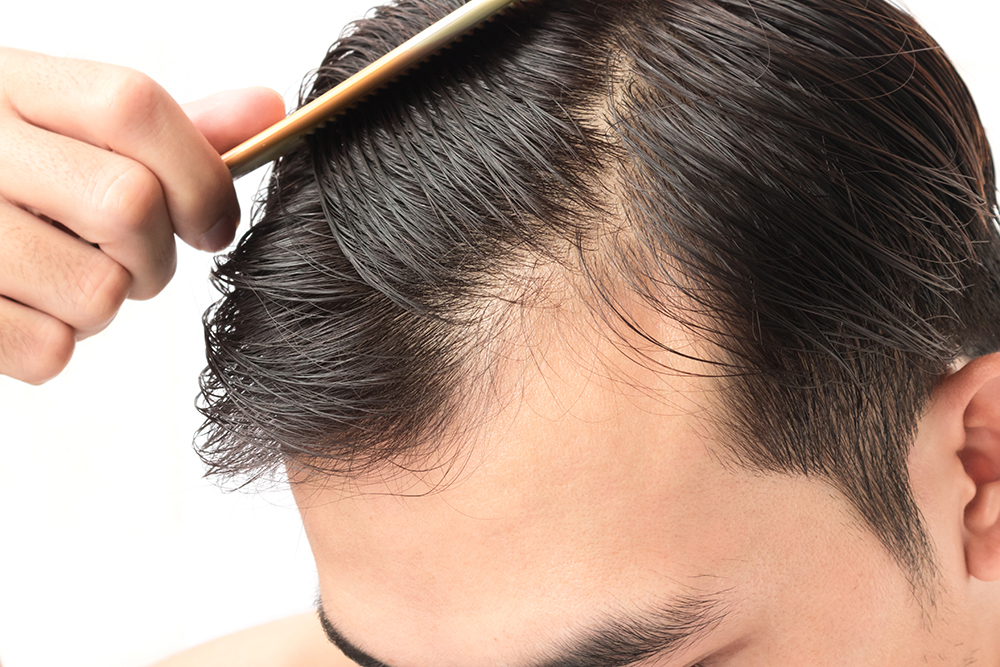
Adding fresh fruit juices or herbal teas to your water intake can also give you an extra boost of vitamins essential for promoting thickness in your mane.
By making small changes in your diet over time–such as adding more leafy greens or swapping out sugary snacks–you can create lifelong habits that keep your locks looking lusciously full and vibrant!
Use Doctor-Recommended Hair Products
The scalp needs to be kept clean and nourished for healthy hair growth. Shampoos, conditioners, and styling products formulated specifically for sensitive or oily scalps can help balance the pH of your scalp while providing moisture and protection from environmental elements like wind, sun, and pollution.

Look for sulfate-free shampoos with ingredients such as aloe vera, tea tree oil, or chamomile, which help soothe the scalp while promoting softness in the hair.
You should carefully select conditioners: natural oils such as argan or jojoba oil can hydrate without weighing down strands.
Finally, styling products such as gels or mousses should be used sparingly and contain ingredients that won’t clog the follicles or cause irritation. Natural, heat-styling products are often better than those with harsh chemicals since they won’t dry out your scalp as much.
By using the right hair care products for your particular scalp type, you can maintain a healthy balance to help minimize male pattern baldness over time.
Consider Medical Treatments
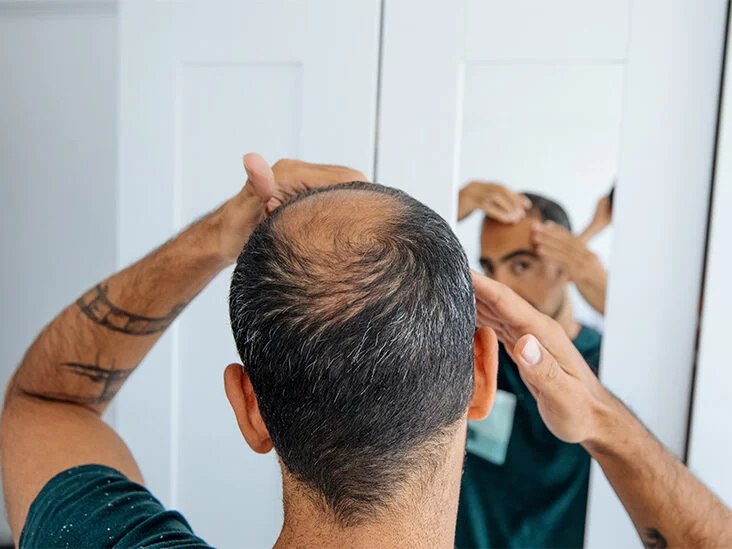
In some cases, medical intervention may be necessary to combat the effects of male pattern baldness. Topical medications such as minoxidil can be applied directly to the affected areas to stimulate hair growth and slow down hair loss.
Other treatments, such as finasteride, block DHT production in the scalp, helping to slow down the progression of baldness.
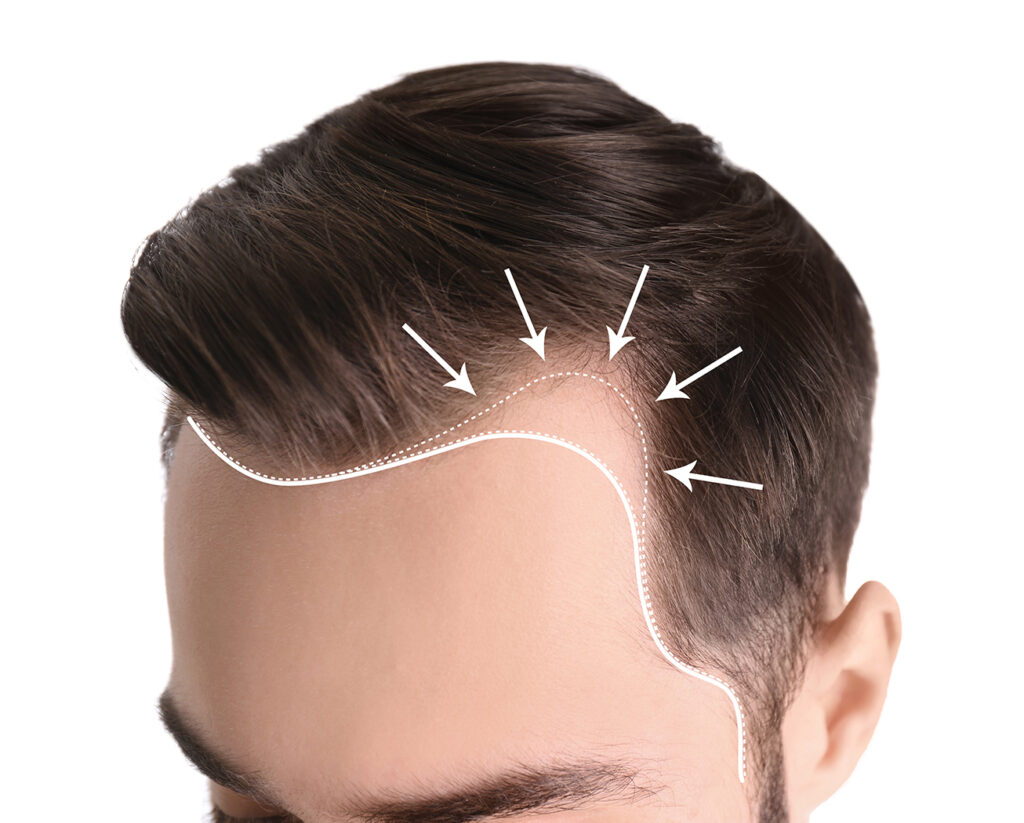
Hair transplant surgery is another option for those experiencing severe hair loss. During this procedure, healthy hair follicles from one area of the scalp are transplanted to areas with thinning or no hair.
This can help restore natural-looking locks and may be a permanent solution for many people.
Men’s hair loss treatment will vary from person to person, so it’s important to discuss your options with a medical professional. Your doctor can assess your risk factors and advise you on your best action.
Final Thoughts
With knowledge and understanding of male pattern baldness, men can take steps to slow down or prevent hair loss.
Eating a nutritious diet, using doctor-recommended hair products, and considering medical treatments are all possible solutions depending on the severity of the condition.
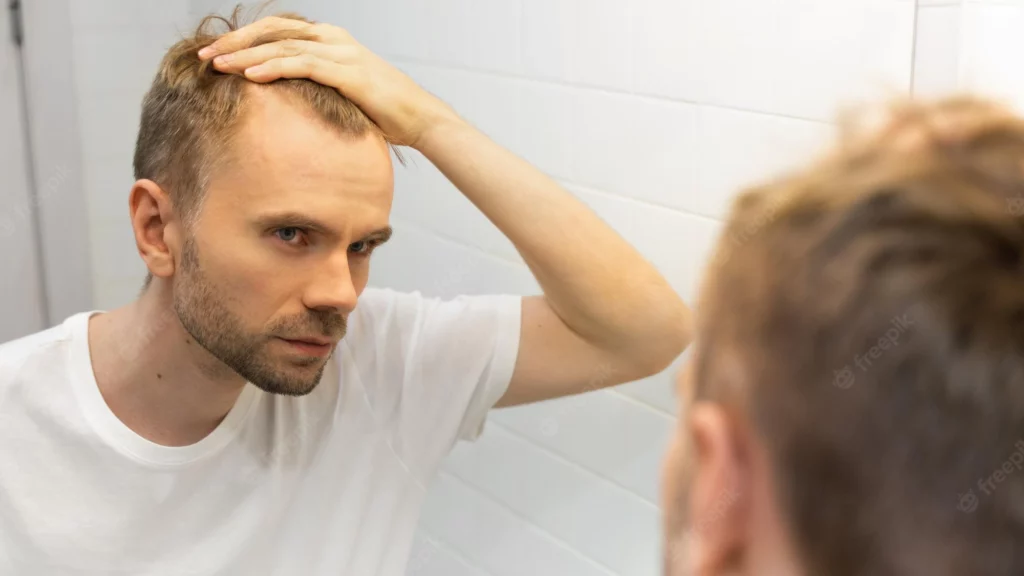
Though male pattern baldness is often out of an individual’s control, taking proactive measures now can help minimize its effects in the future!
